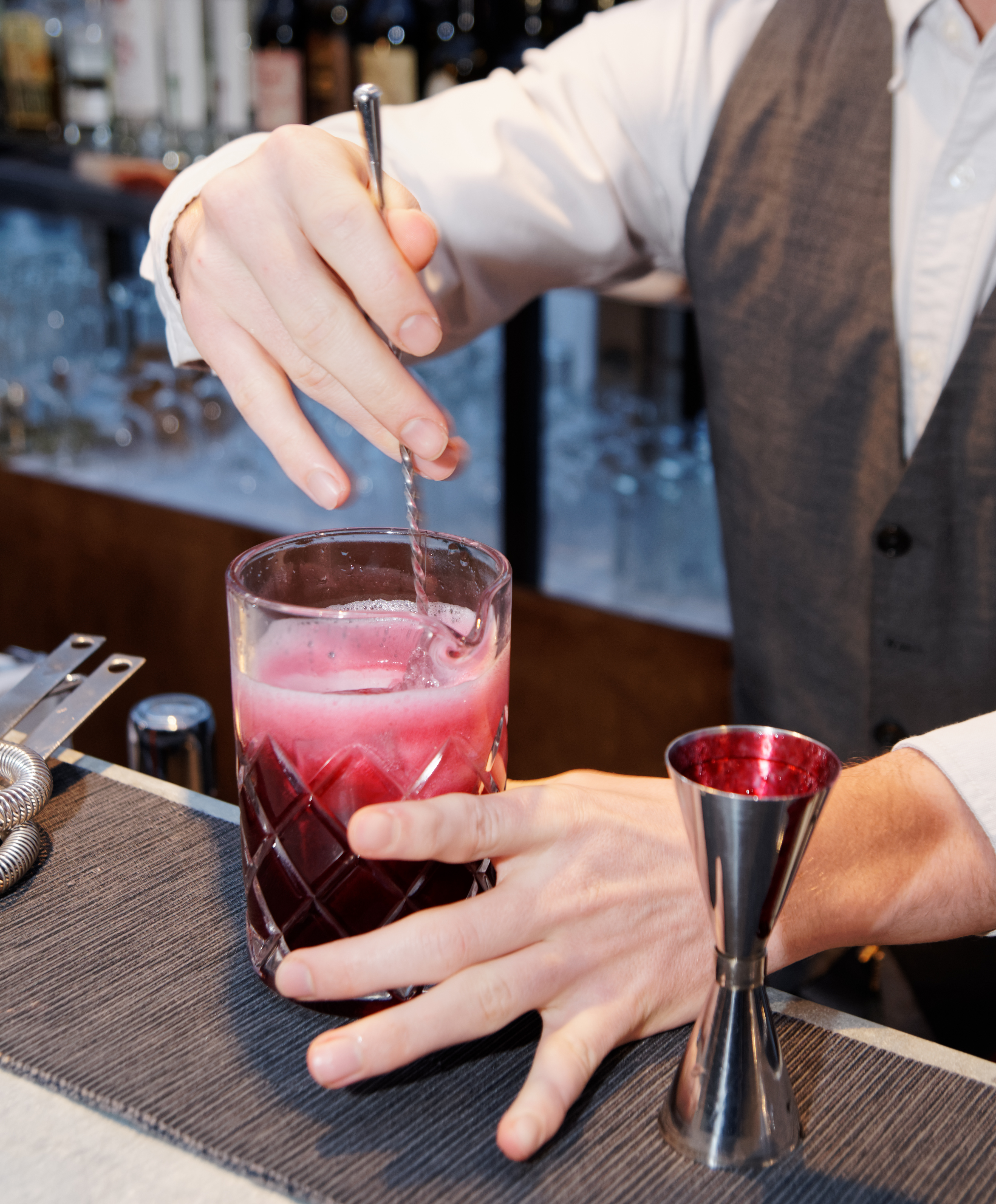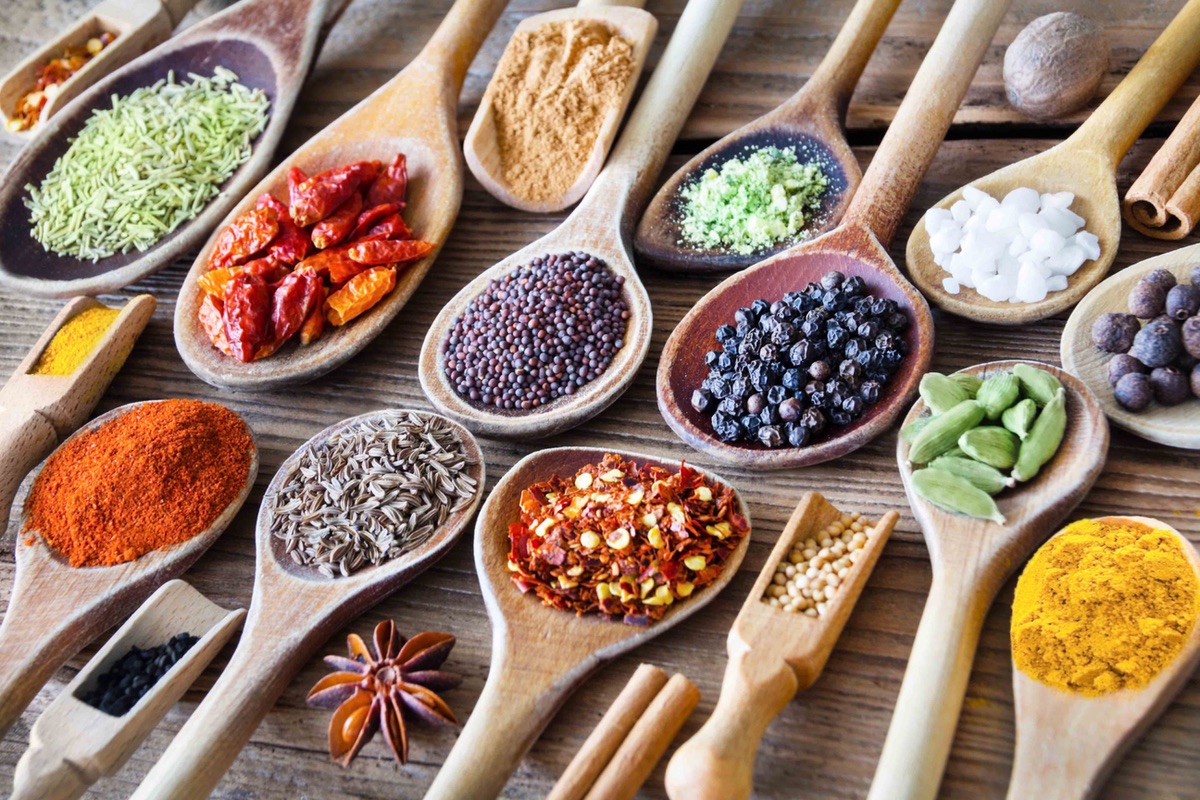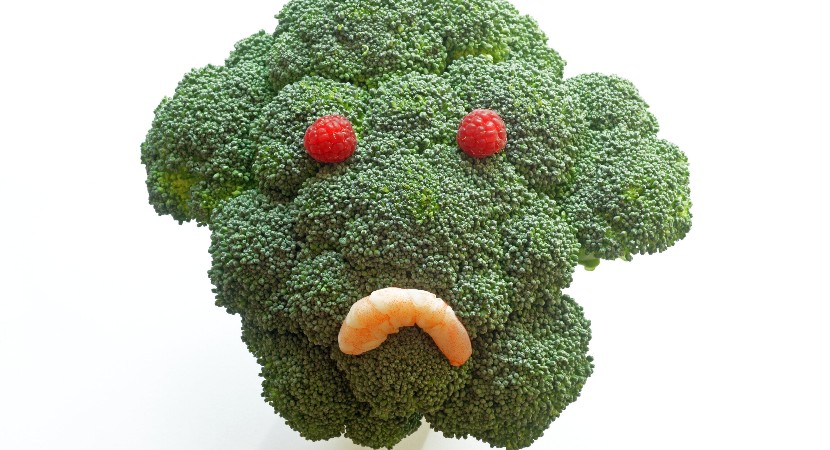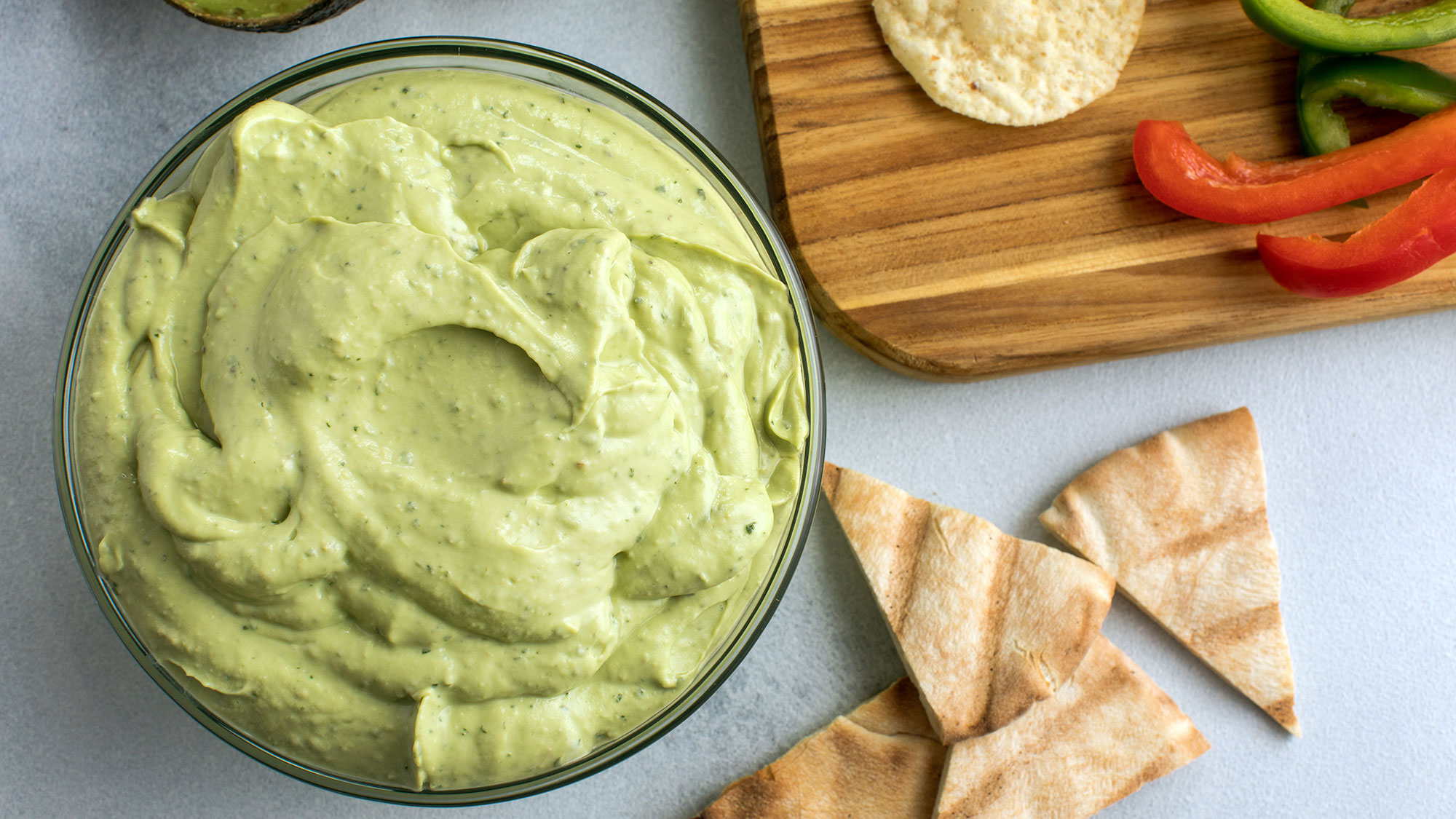Harry Rosenblum has been fascinated by fermentation for decades. “I'm not a trained chef,” says the co-owner of the Brooklyn Kitchen, “but I'm adventurous when it comes to cooking projects. I started homebrewing beer and hard cider when I was 18. I couldn't buy beer, but I could buy the ingredients and make it. That led me to start making my own vinegars about 14 years ago.”
Over a decade of vinegar-making later, Rosenblum wrote the book on it—Vinegar Revival: Artisanal Recipes for Brightening Dishes and Drinks with Homemade Vinegars. He aims to inform people about vinegar as well as empower them to start making their own. “Homemade vinegars from beer, wine, cider and fruit will have residual sugars, other acids and lots of flavor compounds,” he says. “[These] create amazing flavor possibilities and elevate your food much more than large scale commercial stuff.”
“When I got into making vinegar,” says Rosenblum, “I realized it was sort of like alchemy. You took something fairly simple like apple scraps and sugar, and what you got out was a delicious ingredient to drink and cook with.” Here are some insights from the book to pique your palate:

Vinegar can be made of almost anything with sugar in it.
“Alongside the classic wine vinegars, you’ll find unusual ones made from sorghum, persimmon, tomato, maple syrup, ramps, grapefruit, or honey,” writes Rosenblum. Basically, “if people can eat it or drink it and it has sugar, then it can be made into vinegar. But there’s a reason why so much of our vinegar is derived from things like wine, beer and saké. Rosenblum explains that “the carbohydrates, sugars, tannins, and nutrients in wine and beer help the bacteria thrive. Darker beers, red wines, meads, and ciders, which have more nutrients and tannins, tend to make better vinegars more easily and stand up to the variances present in home fermentation.”
The “mother” is what makes a vinegar great.
“Just as our mothers are often the most important people in our lives,” writes Rosenblum, “the same can be said for vinegar making. What we call the vinegar mother is a collection of slimy cellulose that forms at the intersection of the base liquid and the air. It’s a by-product of the bacteria converting the alcohol into acetic acid—and a good thing!” If you’re making your own vinegar, says Rosenblum, it’s important to “keep your mother healthy; you don’t want her to drown. She should float on top and be uniform thickness and rubbery to the touch."
If you're making vinegar, use nonreactive cookware.
According to Rosenblum, “cast iron, wood, steel, and aluminum can react with the acid in vinegar and leech off flavors into your food, which is why many of the recipes in this book call for using nonreactive cookware or bowls.” To be safe, “feel free to use enameled, stainless steel, ceramic, or glass, depending on the recipe and your preference.” If you have to use cast iron, Rosenblum suggests making sure your skillet or Dutch oven is well seasoned.
There's a proper way to taste vinegar.
“Much like drinking a fine wine or craft beer, focus on being open to the act of tasting,” suggests Rosenblum. "Take a tiny sip, and let it sit on the front of your tongue while you breathe in to aerate it. This will give you the full flavor and acid of the vinegar.” Just be careful. “Because acid can burn you, don’t take a shot of vinegar without first tasting a small sip to see how it feels.” Rosenblum also has a technique for sampling several vinegars in a single sitting: "Take a sugar cube, dip it in the vinegar, and suck the vinegar from the cube." He says this allows you to taste the base flavor better, "because your tongue isn't bombarded by the acid in the presence of sugar."
A good vinegar shouldn’t just taste like vinegar.
Even the strongest vinegars should still bear the mark of what they're made of. "The smell and flavor should be reminiscent of the vinegar’s base," Rosenblum writes. "Sherry vinegar should taste like sherry, red wine vinegar like red wine, et cetera. Try a blind tasting of a base product and then its vinegar counterpart. See if you can pair them up. If it's good quality, it should be an easy match."
Reprinted from Vinegar Revival: Artisanal Recipes for Brightening Dishes and Drinks with Homemade Vinegars. Copyright © 2017 by Harry Rosenblum. Photographs copyright © 2017 by Ed Anderson. Published by Clarkson Potter/Publishers, an imprint of Penguin Random House, LLC.
This article was written by Hannah Walhout from Food & Wine and was legally licensed through the NewsCred publisher network. Please direct all licensing questions to legal@newscred.com.









